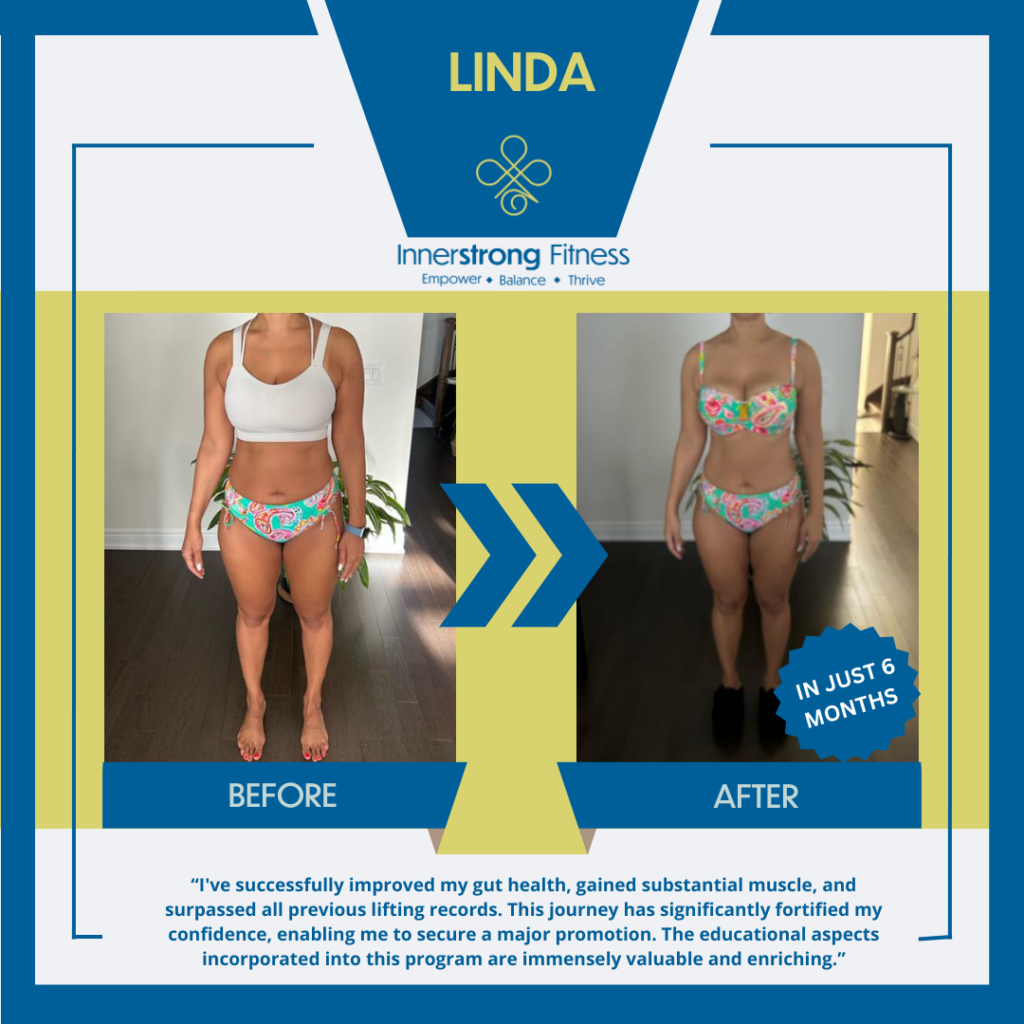The “freshman 15” myth suggests students gain 15 pounds in their first college year, but research from the University of Georgia reveals a more complex reality.
This study indicates that factors like physical activity, dietary habits, and university resources significantly impact weight changes, rather than just unhealthy eating or lack of exercise. It challenges the certainty of the freshman 15, showing that weight management in college requires a comprehensive approach, including healthy lifestyle choices and support from educational institutions.
Debunking the Freshman 15 Myth
The term “freshman 15” has long instilled fear in the hearts of incoming college students, suggesting an inevitable gain of 15 pounds during their first year of higher education.
However, as revealed by researchers at the University of Georgia, the reality paints a different picture. Their study finds that the average weight gain among freshmen is closer to 8 pounds, significantly less than the myth suggests. More strikingly, some students only see an increase of about 3 pounds over a semester, indicating that the freshman 15 is more legend than fact.
Although these findings sound better than the original 15 pounds, they still suggest we must take it seriously, especially considering the impact that even a modest weight gain can have on students who enter college already overweight or obese.
Early intervention and the establishment of healthy habits can play a critical role in mitigating this issue. The study’s findings emphasize the importance of understanding the real dynamics of weight change in the freshman year, moving beyond sensationalized myths to focus on practical strategies for health and wellness.
Factors Contributing to Weight Gain in College
The University of Georgia’s study into college freshmen’s weight gain highlights a multifaceted issue, with a notable decrease in vigorous physical activity as a key factor. Despite recommendations for weekly 150 minutes of moderate or 75 minutes of vigorous exercise, only 40% of first-year students met these standards initially, with nearly 70% reporting no vigorous activity by the semester’s end.
While moderate activities like walking remained stable or increased, the significant drop in more intense exercise contributed to increased body mass index (BMI). The college transition challenges students’ physical activity levels due to less organized sports participation and greater autonomy in lifestyle choices. Lead author Yangyang Deng emphasizes that the shift to college reduces access to structured exercise opportunities available in high school, with academic and social pressures further inhibiting physical activity. This scenario underscores the need for strategies to motivate and facilitate exercise among college students, addressing the physical and environmental changes they face.
The Impact of the Post-Secondary Transition
The shift from high school to college represents a major life transition for young adults, introducing changes that can affect health behaviors, including exercise and diet. The University of Georgia’s study highlights this transition’s role in causing modest but notable increases in freshmen’s body mass index (BMI), with an average weight gain of over 3 pounds by the semester’s end. This trend, if unchecked, may accumulate throughout college.
A fundamental change is the drop in organized sports participation, with college students needing to independently seek out exercise, leading to decreased activity levels and potential weight gain. Additionally, the academic pressures of college can influence health behaviors, with studies indicating that higher academic demands may correlate with more significant weight gain due to reduced exercise time or stress-related eating.
Dietary habits are also impacted as students adjust to meal plans and the availability of campus food without parental oversight, often making less healthy food choices. This complex mix of factors underscores the importance of a comprehensive approach to health during the college transition, emphasizing physical activity and aiding students in adapting to various new aspects of college life, including stress management and nutritional decisions.
The Role of Post-Secondary Support Systems
Universities significantly influence student health, offering resources to promote physical activity and wellness. However, a University of Georgia study reveals a gap in student awareness and utilization of these supports, including health centers and wellness programs. Despite the availability, many students need to be made aware of or engage with these resources during their college transition.
This gap highlights the need for universities to provide and actively promote their health services to students. Programs aimed at teaching healthier eating and encouraging physical activity exist, but they need to be utilized due to low awareness.
Furthermore, the study points to the benefits of recreational activities, like intramural sports and fitness classes, which aid physical health and build community. It was found that students with exercise-supportive friends are more likely to participate in vigorous activities, underscoring the importance of social influence in promoting healthy behaviors.
The findings suggest universities should leverage social networks and increase group activities related to physical fitness, thus fostering a supportive environment that encourages healthy lifestyle choices. By enhancing communication and creating more opportunities for engagement, universities can play a pivotal role in ensuring students not only know about but also use the health and wellness resources available to them.
Encouraging Healthy Habits and Activity
To maintain physical health in college, students should weave physical activity into their routines in enjoyable ways. Simple choices, like walking or cycling to class, using stairs, and incorporating active study breaks, can collectively enhance fitness. Intramural sports provide a structured, engaging avenue to stay active, catering to various interests and abilities, from team sports like soccer and basketball to individual pursuits such as ultimate frisbee or dodgeball. These activities boost physical fitness and foster social bonds, contributing to overall well-being.
Additionally, university recreation centers offer underutilized resources like fitness classes and personal training sessions, which can significantly affect students’ health. These settings offer a sense of community, making sticking to regular exercise routines easier. Establishing a consistent exercise regime with peers can also motivate and create a strong support network, as students influenced by active friends are more likely to participate in vigorous physical activities. This blend of individual choices and community support is key to promoting healthy lifestyles in college.
Finally, from nutritional counseling and stress management workshops to fitness and recreation services, universities can play a pivotal role in fostering environments that support healthy habits among students.
The “freshman 15” myth, suggesting inevitable college weight gain, obscures the real issue of modest increases during this life transition, as shown by the University of Georgia’s research. This period offers a chance to establish healthy habits for long-term well-being. A comprehensive strategy, blending individual efforts like more walking and participating in sports with university support, is essential. Universities play a crucial role in promoting health, offering resources that, when utilized, can steer students towards healthier lifestyles. This collaborative approach between students and institutions is key to fostering environments conducive to both academic success and physical health, effectively countering the freshman 15 narrative.











